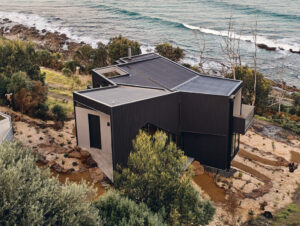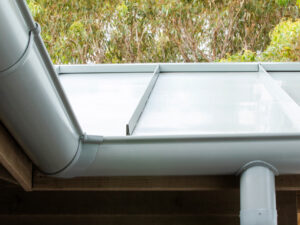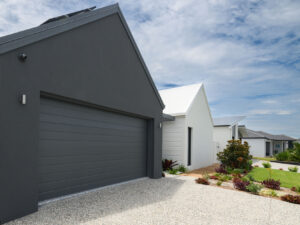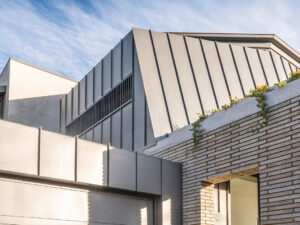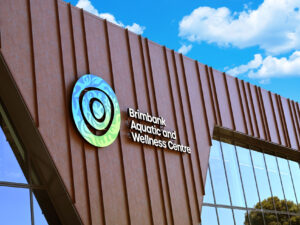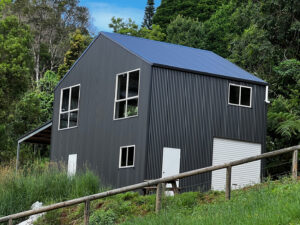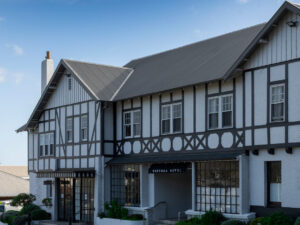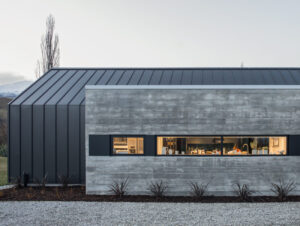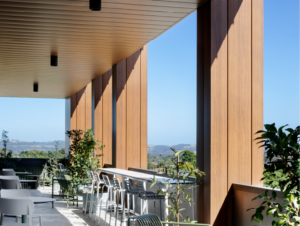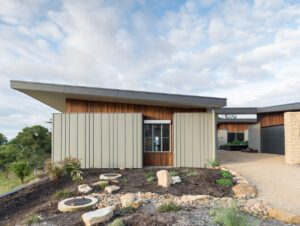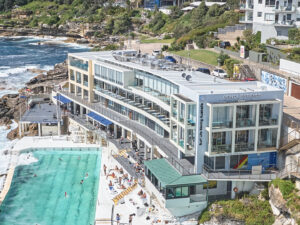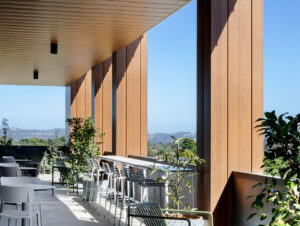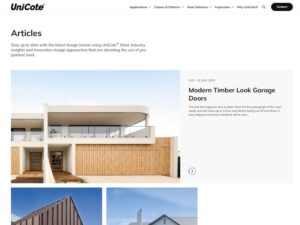Swarf is the general term given to small particles of steel debris, which arise from the cutting or piercing operations when using friction saws, abrasive discs, drills, etc., on steel products.
Whilst comprising mostly of very fine steel particles mixed with abrasive media, “swarf” may also be taken to include any other discarded steel objects such as rivet shanks, nails, screws and nuts, which may come in contact with coated steel products such as Unicote®, UniCote® Coastal, UniCote® Extreme, UniCote® LUX or UniZinc®.
Swarf particles, if left on the surface of any coated steel application, will corrode and cause rust stains which will detract from the finished appearance of the product. These stains can often be mistaken for early deterioration of the coated steel product (I.e. red rust). Generally, swarf particles come in contact with coated steel sheet products in two ways:-
- Loose particles left after cutting, drilling and riveting operations, which may be trodden into, or become embedded in the surface of coated products, and
- Hot swarf particles from abrasive disc cutting or drilling operations which may adhere to the finished surface.
Fresh swarf stains are characterised by small red-brown coloured areas with a central dark spot (the remains of the steel particles). The surface will feel like sandpaper, and the particle may be lifted with a fingernail. An old swarf stain will appear as a localised red-brown stain, the steel particle having corroded away, and the surface will be smoother.
Prevention of swarf staining is the responsibility of the installer and following trades, and it is strongly suggested that appropriate measures be taken to avoid the generation of swarf particles. These may include the use of cold cutting saws, using factory supplied cut-to-length sheets, the use of powered hand shears, and minimising the generation of debris when drilling.
During clean up, the roof should be blown, vacuumed, swept or rinsed progressively to remove loose particles, and care should be taken when attempting to detach swarf that has become stuck.
The effect of swarf staining itself on Unicote® steel products is generally aesthetic and may not be detrimental to the performance of the product. Swarf particles are insoluble in water, and the stain will take considerable time to weather away naturally.
To remove particles from coated sheet, brush the surface with a stiff bristle (not wire) brush to dislodge particles, and then completely remove. Particles can be removed from pre-painted sheet by washing the affected area with dilute mild household detergent and fresh water, then rinsing well afterwards.
